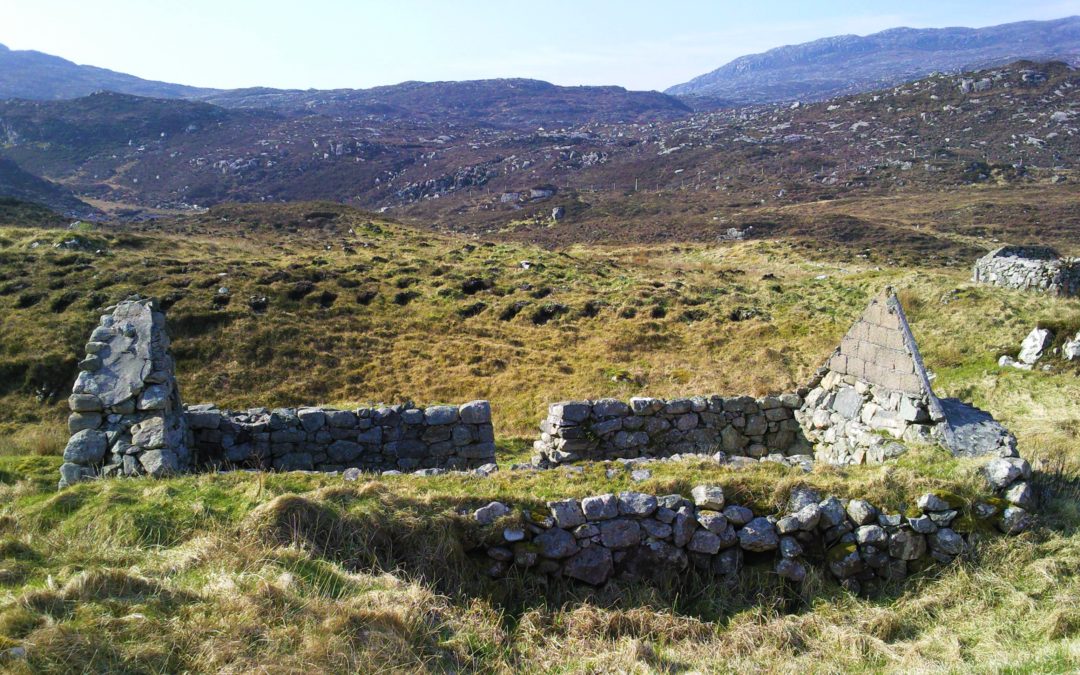On the north-west coast of Scotland lie the ruins of a croft-house that belonged to my ancestors. You will find them in a village of other abandoned houses, their tumbled-down stones reused for field walls by incomers.
Those not in the know blame the famine. There also existed a collective denial about the brutal dispersal of people from their Scottish highland and island homes. For a period of a hundred years ending some time in the nineteenth century, these working villages were deliberately burnt and demolished. At the time, this kind of ethnic cleansing of indigenous Scots was called ‘The Improvements’. Now we call it the Highland Clearances.
When I researched my novel, The False Men, I found that the ‘voluntary’ removals attributed to famine was too often the accepted version, rather than recognition of the active resistance by affected groups of the time. This was in part due to the biased reportage in the mainstream press. But evidence of their resistance was there, in commission reports, the courts, and local newspapers.
Behind this resistance was the history of a government attempting to kill a culture. It outlawed tartan, swords and the like and actively discouraged speaking in Scottish Gaelic. Through to the twentieth century, children in school were punished if found speaking it. This was a government in fear of the prior Jacobite uprisings, when the remnants of the Stuart dynasty attempted to reclaim their throne. These uprisings resulted in the last battle fought in Britain, played out on Scottish highland soil.
There are a few theories about the cause of the Clearances (their rationale is too detailed to explore in this blog). They include:
- the Jacobite Rebellion and destruction of the clan system
- the Acts of Union 1707
- the ‘progress’ of the Industrial Revolution
- bad management by landlords resulting in overpopulation
- a failed social engineering experiment
- the potato famine
- greed
Regardless of theories, the lived version of the Clearances died out, or sailed away in the stories of the cleared to America, Canada, Australia and New Zealand.
It can be difficult for a society to explain itself to its people—but our present and future are better understood if we know our past. In Scotland, the cultural cringe at that history encouraged a kind of amnesia and a naïve substitute—the past as reimagined by Sir Walter Scott’s literary romanticism. It was a silver lining of sorts — that, and a thriving world-wide Scottish diaspora that arose from forced migration.
Beautiful, forsaken landscapes are admired for their silence and calm. It’s easy to do that now, one or two hundred years on when we are safely removed from the human history that took place there.


